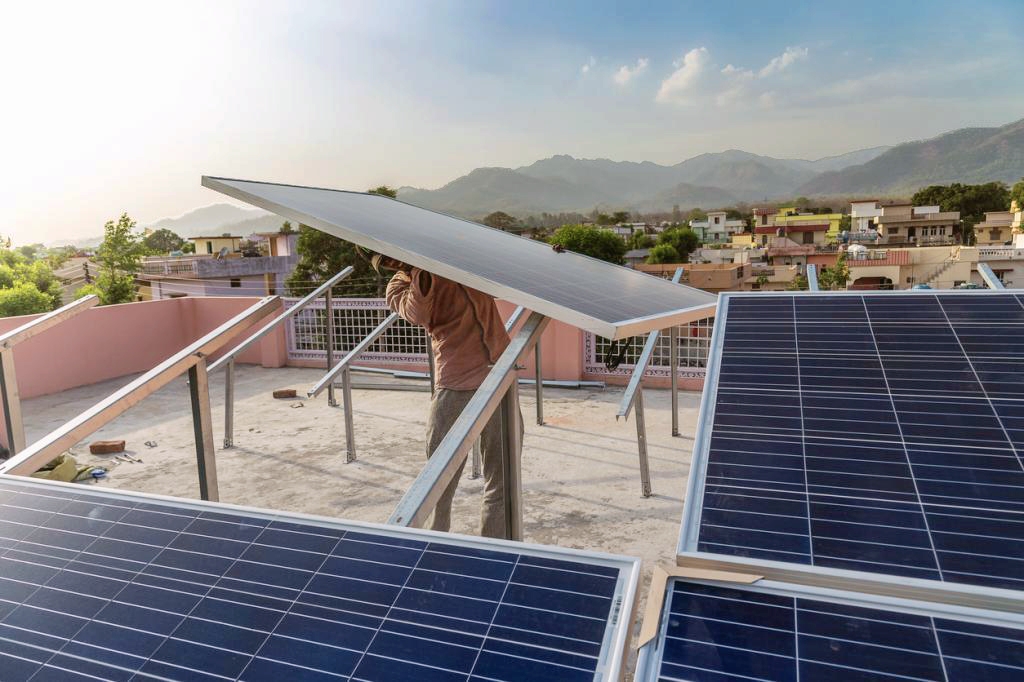China currently manufactures and supplies more than 80 per cent of the globe’s solar photovoltaic (PV) panels, a new report by the International Energy Agency (IEA) has said.
Based on the current expansion plans, China will be responsible for 95 per cent of the entire manufacturing process by 2025.
China became the leading manufacturer of PV panels for both residential and commercial usage in the last decade, surpassing Europe, Japan and the United States, who were earlier more active in the PV supply domain.
According to the IEA, Xinjiang province of China is responsible for one out of seven solar panels manufactured worldwide. Furthermore, the report cautions governments and policymakers across the world to work against China’s monopolisation of the supply chain. The report also suggests various solutions for them to start domestic production.
The report identifies cost factor as the major reason deterring other countries from entering the supply chain. In terms of labour, overheads and the entire manufacturing process, China’s costs are 10 per cent lower compared to India. The whole production process is 20 per cent cheaper compared to the costs in the United States and 35 per cent lower than that of Europe.
Raw Material Shortage
However, the report ascertains that China’s hegemony over the supply chain will turn into a bigger problem when countries move towards net-zero emissions as it can exorbitantly increase the global demand for PV panels and the raw materials.
The IEA said
Solar PV’s demand for critical minerals will increase rapidly in a pathway to net-zero emissions. The production of many key minerals used in PV is highly concentrated, with China playing a dominant role. Despite improvements in using materials more efficiently, the PV industry’s demand for minerals is set to expand significantly.
One example quoted by the researchers is the rising demand for silver which is required for solar PV manufacturing. The key mineral’s demand would be 30 per cent higher than the total global silver production by 2030, they said.
“This rapid growth, combined with long lead times for mining projects, increases the risk of supply and demand mismatches, which can lead to cost increases and supply shortages,” the researchers explained.
The price of polysilicon, another important raw material to make PV panels, soared during the pandemic, when production decreased. It is currently a bottleneck in the supply chain as its production is limited, they said.
The availability of wafers and cells, other key ingredients, exceeded demand by more than 100 per cent in 2021, the researchers added.
Way Forward
The report highlights potential incentives that the other countries could offer to establish PV supply chains of their own to reduce the unsustainable dependence on China.
According to the IEA, countries across the world could start by directly subsidising various costs involved in solar PV manufacturing to improve business opportunities and accelerate their growth.
When China saw an opportunity in growing its economy and exports in the early 2000s, domestic manufacturers were supported through low-cost loans and grants.
Similarly, the IEA’s pointers to boost domestic PV production include lower taxes or import tariffs for imported equipment, providing investment tax credits, subsidising electricity costs and providing funding for labour and other operations.
Post time: Sep-08-2022

